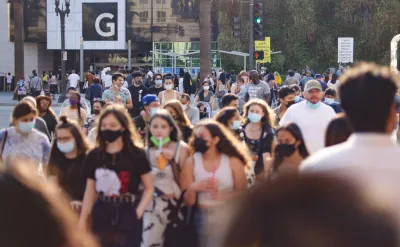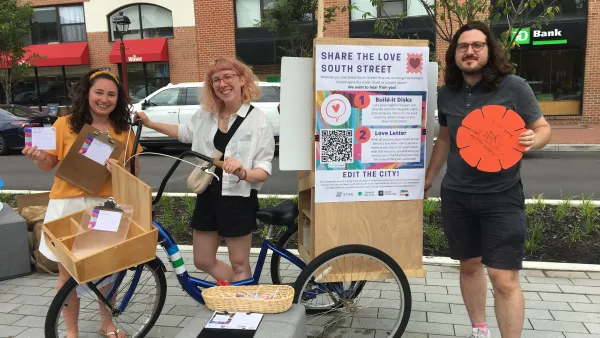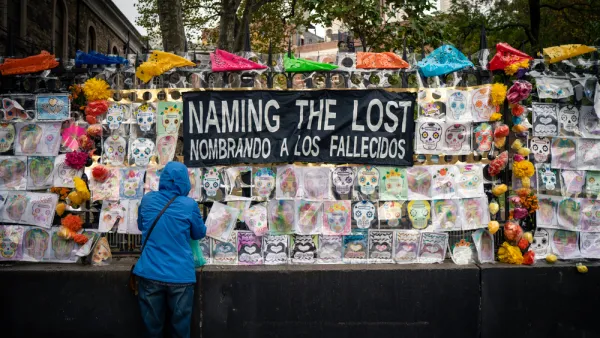Although the survey collects data from a small sample, it looks like North American planners don't expect the pandemic to change much about the way cities are planned.

A recent survey indicates that planners don't intend to change much in their approach to urban planning, despite the various disruptions and influences of the Covid-19 pandemic.
Researchers at the University of Waterloo in Canada surveyed 98 city planners (after disseminating the survey via the Canadian Institute of Planners Newsletter, the American Planning Association's Interact newsletter, and various planning-related social media groups) about the future of planning in mid-sized urban areas as a response to the Covid-19 pandemic, publishing the results in the Planning Practice & Research journal (the study is currently available in full online) in December.
"Despite calls for greater creativity and innovation, there is essentially no difference between what planners viewed as more important to downtowns pre-and-post the pandemic," says Pierre Filion, an emeritus professor in the School of Planning at Waterloo, as quoted in an article by David Malone for Building Design + Construction that shared news of the new research.
Like the public and the media, the surveyed planners are certainly aware of the negative effects of the pandemic. Among the study respondents, 60% "indicated that the pandemic had a substantial negative effect on downtowns," according to the study. "The survey respondents perceived that the most severe effects of the pandemic were experienced by eating and drinking establishments, with substantial negative effects being reported by more than 75% of the respondents."
Yet, the survey did not reveal that planners expect to produce a commensurate response in the form of reform and innovation. From the discussion of the journal article:
The survey findings reveal a disconnect regarding planner’s perceptions of the drivers of downtown recovery after Covid. On the one hand, despite calls for greater creativity and innovation, there are essentially no differences between what planners viewed as important to downtowns pre-and-post the pandemic. This suggests that they are not ‘planning’ on fundamental changes to past practice even in the face of a changing reality, or a ‘new normal.’
The full Planning Practice & Research article can be found at the link below.
FULL STORY: Planning for Post-pandemic Downtowns of Mid-size Urban Areas

National Parks Layoffs Will Cause Communities to Lose Billions
Thousands of essential park workers were laid off this week, just before the busy spring break season.

Retro-silient?: America’s First “Eco-burb,” The Woodlands Turns 50
A master-planned community north of Houston offers lessons on green infrastructure and resilient design, but falls short of its founder’s lofty affordability and walkability goals.

Delivering for America Plan Will Downgrade Mail Service in at Least 49.5 Percent of Zip Codes
Republican and Democrat lawmakers criticize the plan for its disproportionate negative impact on rural communities.

Test News Post 1
This is a summary

Test News Headline 46
Test for the image on the front page.

Balancing Bombs and Butterflies: How the National Guard Protects a Rare Species
The National Guard at Fort Indiantown Gap uses GIS technology and land management strategies to balance military training with conservation efforts, ensuring the survival of the rare eastern regal fritillary butterfly.
Urban Design for Planners 1: Software Tools
This six-course series explores essential urban design concepts using open source software and equips planners with the tools they need to participate fully in the urban design process.
Planning for Universal Design
Learn the tools for implementing Universal Design in planning regulations.
EMC Planning Group, Inc.
Planetizen
Planetizen
Mpact (formerly Rail~Volution)
Great Falls Development Authority, Inc.
HUDs Office of Policy Development and Research
NYU Wagner Graduate School of Public Service





























